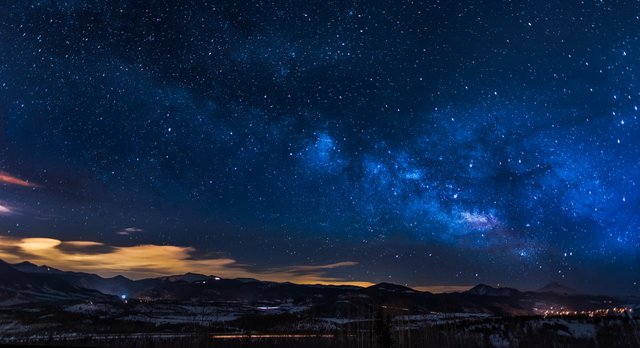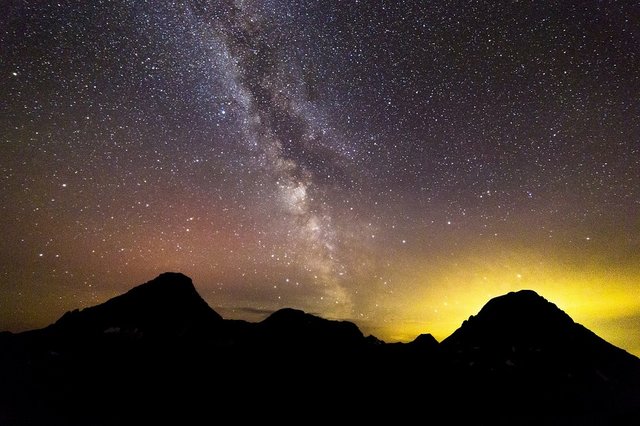An Easy Way to Compose Landscape Photos at Night

When you're out taking evening time scene photographs — Milky Way photography, or photographs of the Aurora Borealis — a standout amongst the most troublesome errands is to make your photographs precisely how you need. The reason? It's essentially excessively dim, making it impossible to see anything. Looking through the viewfinder on a DSLR, it can be difficult to make out any of the scene's critical highlights. Live view may be far more terrible, frequently demonstrating positively no detail by any stretch of the imagination. The most widely recognized arrangement is to speculate your organization, sit tight 20 or 30 seconds for the presentation to complete, and modify a short time later by means of experimentation. It's a moderate procedure — yet there's another strategy. This is one of only a handful couple of times when the best choice is to utilize your camera's most elevated ISO.
1) Use That Crazy ISO Value
At last, there's a justifiable reason motivation to set ISO 409,600!
The thought here is to recoil your holding up time however much as could reasonably be expected. When you utilize a ultra-high ISO esteem, you can bring photographs with a considerably speedier screen speed, sparing you bunches of time in the field. The last photograph isn't intended to be distributed; rather, it's something you should use as a compositional guide.
Without this method, your run of the mill settings for the stars or Milky Way may look something like this:
f/2.8, 30 seconds, ISO 1600
![]()
Those settings will give a photograph that is sufficiently brilliant to use as a compositional guide. Be that as it may, it will take 30 seconds of holding up to arrive (and 60 seconds in case you're utilizing long presentation commotion decrease). Rather, take a stab at something like this:
f/2.8, 2 seconds, ISO 25,600
You'll have a photograph that is similarly as brilliant, and it takes 1/fifteenth an opportunity to catch. The drawback? Your picture quality will be appalling — however that doesn't make a difference. You're not really going to utilize this photograph or distribute it. The photograph just exists as a route for you to "find oblivious," and limit your last structure all the more rapidly.

By and by, for night photography, it frequently grasps a modest bunch of test photographs before I locate the correct sythesis I need. In case you're a similar way, this method can spare a colossal measure of time in the field, particularly finished the course of a whole night. Other than speculating the best possible creation on your first attempt, this is the snappiest approach to catch the evening time photograph you need.
There is as yet a segment of experimentation, which is unavoidable. Be that as it may, on a dim night, when you can't see the scene with your own particular eyes, this is a considerably speedier approach to catch the correct arrangement. It totally disposes of 20-to 30-second postponements in the field.
Also, obviously, you should don't hesitate to erase the ultra-high ISO photograph when you have returned from the field. It's not something you're probably going to require, unless you're composing an article about this system :)
2) Conclusion
I know this is a fast tip, and you may as of now be utilizing it in the field. All things considered, if not, it can possibly have a noteworthy effect in your evening scene work. In spite of the fact that I just began utilizing the ultra-high-ISO system a few years prior, it's rapidly turned out to be one of the principle ventures in my night photography work process. My expectation is that you will discover it similarly valuable.
Hello back atcha
